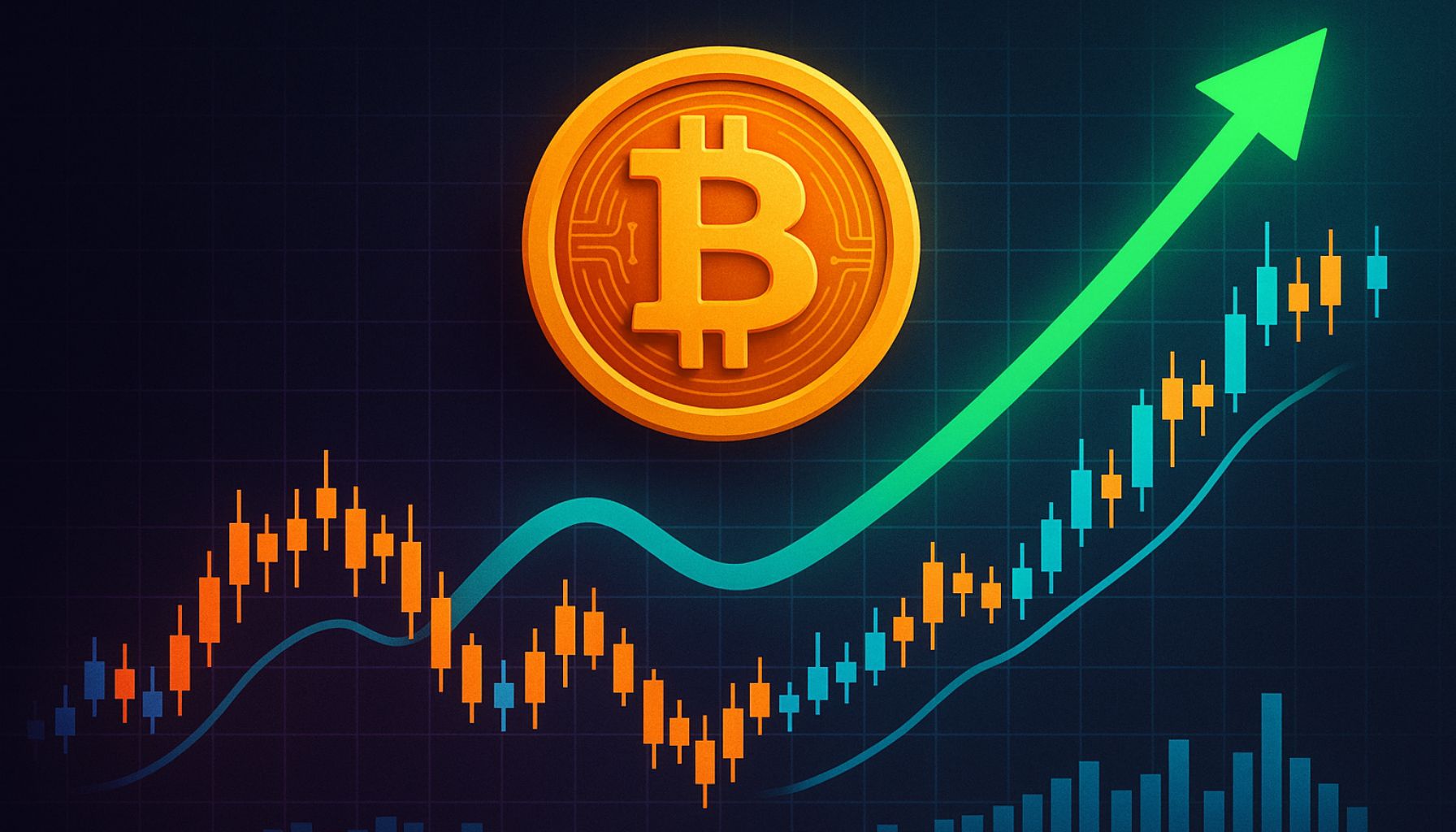Indian Rupee ticks down despite US-India trade optimism

The Indian Rupee (INR) opens on a slightly cautious note against the US Dollar (USD) on Thursday after two holidays in Indian markets. The USD/INR ticks up to near 88.05 as the US Dollar rebounds after a slight corrective move on Wednesday, despite renewed trade tensions between the United States (US) and China.
During the Asian session, the US Dollar Index (DXY), which tracks the Greenback’s value against six major currencies, trades 0.15% higher to near 99.00.
The uncertainty over US-China trade relations escalated after a report from Reuters stated that the White House is planning to curb the export of “any and all critical software” starting November 1. This comes at a time when US Treasury Secretary Scott Bessent and China Vice Premier He Lifeng are scheduled to meet this weekend in Malaysia to discuss various issues, including recently announced export controls on rare earth minerals by Beijing and additional 100% tariffs by Washington.
Later this month, US President Donald Trump and Chinese leader Xi Jinping are also scheduled to meet in South Korea. Lately, Trump has expressed confidence that both nations will reach a trade agreement during the meeting.
Daily digest market movers: FIIs turn out to be buyers so far in October in Indian stock market
- The Indian Rupee ticks down against the US Dollar, even as a report from Mint has stated that the US and India are close to reaching a trade deal. The report also showed that Washington will reduce duty on imports from New Delhi to 15%-16% from 50%. Mint also stated that India will gradually scale back its import of seaborne crude Oil from Russia, which remained a major reason for trade tensions between the nations.
- The scenario of the US-India reaching a trade deal would be favorable for the Indian Rupee, which had been underperforming its peers due to trade frictions.
- Meanwhile, the Foreign Institutional Investors (FIIs) trading data have shown that funds from overseas investors are gradually returning to Indian stock markets after a massive outflow in the July-September period. FIIs have been net buyers over the last five trading days, pumping Rs. 2,262.08 crores into the Indian equity market. So far in October, FIIs have purchased Indian shares worth Rs. 300.41 crores.
- The gradual return of foreign funds into Indian markets suggests that overseas investors are not significantly bearish on the equity market outlook. Meanwhile, Indian bourses have also opened on a positive note after two holidays. Nifty 50 has jumped 0.8% to near 26,080, the highest level seen in a year. A strong upside move in the benchmark index is mainly contributed by technology stocks.
- In the US, investors await the delayed Consumer Price Index (CPI) data for September, which is scheduled for release on Friday. The inflation data has been delayed due to the ongoing US government shutdown. The data will significantly influence market expectations for the Federal Reserve’s (Fed) monetary policy outlook.
- Economists expect the US headline inflation to have risen at a faster pace of 3.1% on an annualized basis, up from the prior release of 2.9%, with core figures growing steadily by 3.1%.
- Ahead of the US inflation data, the CME FedWatch tool indicates that traders are confident the Fed will reduce interest rates again by 25 basis points (bps) at the policy meeting later this month.
Technical Analysis: USD/INR continues to face pressure near 50-day EMA
USD/INR edges higher to near 88.05 at open on Thursday. The 50-day Exponential Moving Average (EMA) near 88.13 is acting as a key barrier for the USD/INR bulls.
The 14-day Relative Strength Index (RSI) falls below 40.00. A fresh bearish momentum if the RSI holds below that level.
Looking down, the August 21 low of 87.07 will act as key support for the pair. On the upside, the 20-day EMA will be a key barrier.
Indian Rupee FAQs
The Indian Rupee (INR) is one of the most sensitive currencies to external factors. The price of Crude Oil (the country is highly dependent on imported Oil), the value of the US Dollar – most trade is conducted in USD – and the level of foreign investment, are all influential. Direct intervention by the Reserve Bank of India (RBI) in FX markets to keep the exchange rate stable, as well as the level of interest rates set by the RBI, are further major influencing factors on the Rupee.
The Reserve Bank of India (RBI) actively intervenes in forex markets to maintain a stable exchange rate, to help facilitate trade. In addition, the RBI tries to maintain the inflation rate at its 4% target by adjusting interest rates. Higher interest rates usually strengthen the Rupee. This is due to the role of the ‘carry trade’ in which investors borrow in countries with lower interest rates so as to place their money in countries’ offering relatively higher interest rates and profit from the difference.
Macroeconomic factors that influence the value of the Rupee include inflation, interest rates, the economic growth rate (GDP), the balance of trade, and inflows from foreign investment. A higher growth rate can lead to more overseas investment, pushing up demand for the Rupee. A less negative balance of trade will eventually lead to a stronger Rupee. Higher interest rates, especially real rates (interest rates less inflation) are also positive for the Rupee. A risk-on environment can lead to greater inflows of Foreign Direct and Indirect Investment (FDI and FII), which also benefit the Rupee.
Higher inflation, particularly, if it is comparatively higher than India’s peers, is generally negative for the currency as it reflects devaluation through oversupply. Inflation also increases the cost of exports, leading to more Rupees being sold to purchase foreign imports, which is Rupee-negative. At the same time, higher inflation usually leads to the Reserve Bank of India (RBI) raising interest rates and this can be positive for the Rupee, due to increased demand from international investors. The opposite effect is true of lower inflation.





